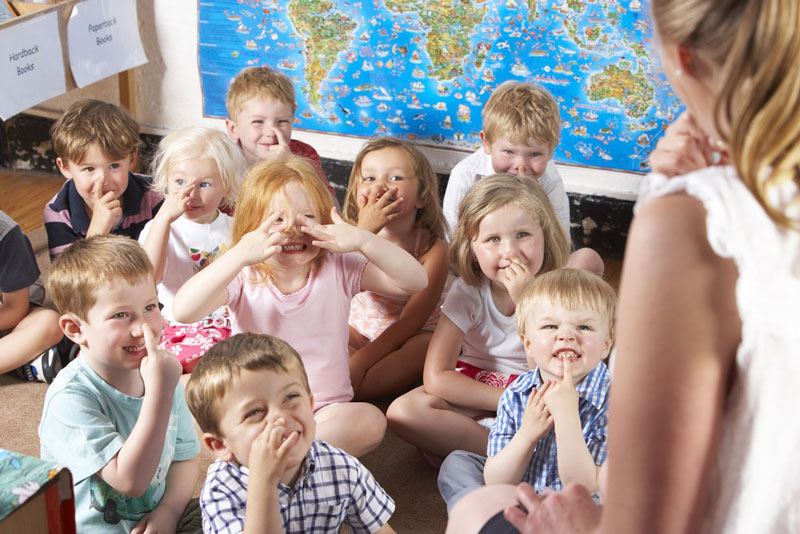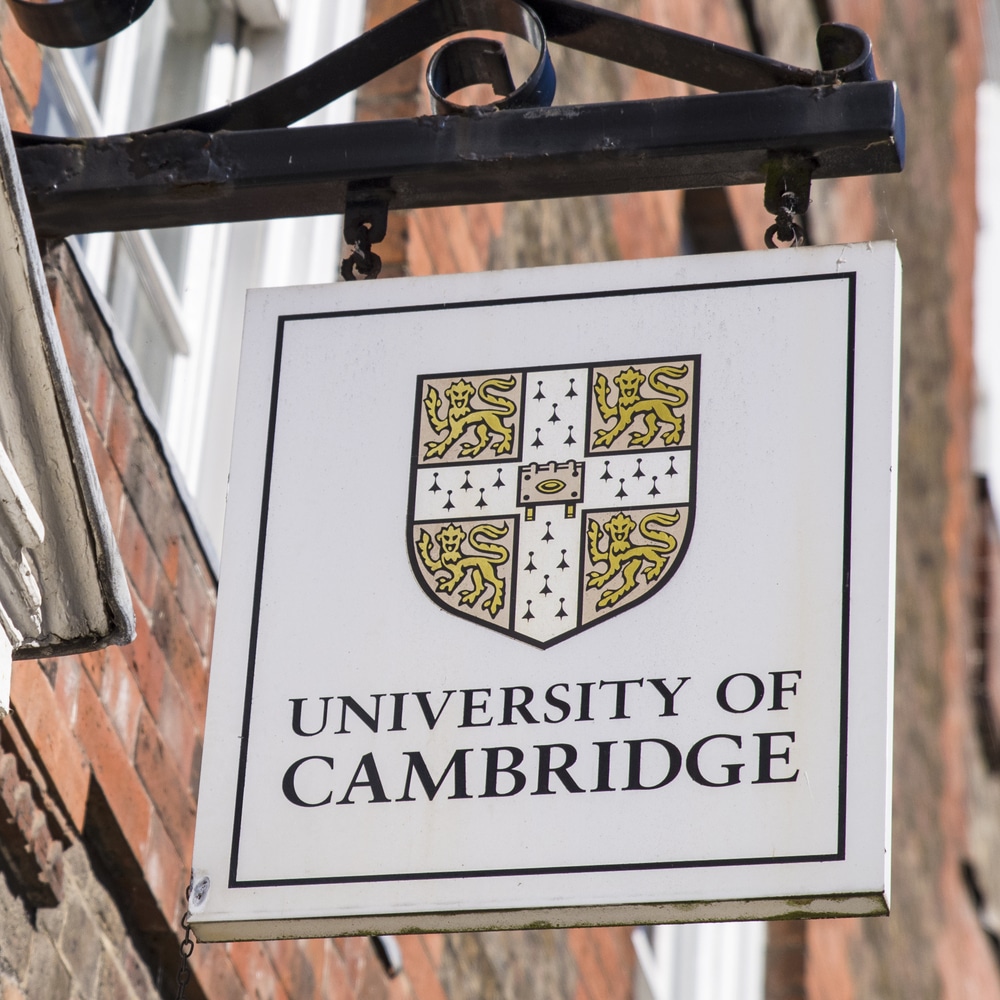
The Montessori Way of Education
Maria Montessori was a famous expert on child development. Her ways and ideas of education differed from traditional methods of the time. The Montessori curriculum that she developed is highly unique and largely individual. Let’s take a closer look at the Montessori’s methods and structure of education.
Foundation of the Montessori Way
The key idea of the Montessori method hinges on the belief that every child is unique. The curriculum under the Montessori way caters to the individual learning process of each child. It is not determined by the child’s age, as seen in more traditional methods. The child is at the center of the learning process, with the rate and speed of the child’s acquisition of skills determining the level of progress. Based on developmental ability, the Montessori way encourages each child to learn at their own pace, reducing the stress that traditional education imposed.
The Differences in the Montessori Method
Classroom Preparation
Montessori classrooms do not focus on activities or lessons that the teachers want to teach for that day. Instead, teachers prepare classrooms in advance for the students based on observations of their individual skills. Lessons and activities cater to the students’ developmental needs and the building of their skill sets on a daily basis.
Active Participation
Students are active in Montessori classrooms. The lessons are hands-on and students must discover information for themselves. Teachers do not act as the information provider and avoid excessive intervention during the lessons. Students, on the other hand, are encouraged to explore their classroom to find out information for themselves.
Time is non-arbitrary
In traditional classrooms, lessons are planned based on a fixed time schedule. Students are required to move on to the next lesson when the previous one is over, resulting in interrupted thought-processes. In Montessori classrooms, lessons go on for as long as the students want it to. The only arbitrary time period is the length of the school hours. Teachers in Montessori classrooms do not interrupt the students or urge them to move on to the next tasks after a fixed time period has lapsed.
Teachers are Guides
Teachers are specially trained in the Montessori method and are not expected to teach in traditional ways. Montessori-trained teachers act more as a guide or consultant to the students. The interaction between teacher and student is also on a one-on-one basis. The pace and order of the lesson is also personal, with each child going along at their own pace.
Age Groups and Grade-Levels are Flexible
Montessori schools do not pre-define the age groups and grade-levels of each child using chronological ages. A child who enrolls in a Montessori school is assessed by their developmental range and then put into a grade-level that is most suited. These grade-levels are flexible and not determined by a twelve-month period that is typical of traditional schools. The teacher observes the child’s development and recommends a higher grade-level when the child is ready to move on.
Individual Curriculum
Montessori curriculum expands according to the child’s needs and developmental stage. It caters to the individual learning path and grows with the child as they move through the grade-levels. This developmental growth is not found in traditional curriculum, which is pre-defined from a higher authority.
Self-Esteem Grows from Within
Students learn to evaluate themselves through the various activities that they do in Montessori schools. Through the exploratory lessons and activities, students develop a sense of pride that comes from the different achievements made. Strong self-esteem grows from this internal sense of pride and helps to build confidence in the students. In traditional schools, self-esteem comes from external judgements, such as doing well in an examination, and may not give a child the confidence that they need in life.
Learning to Love Learning
The Montessori curriculum appeals to the child’s thirst for knowledge through a series of play and exploratory lessons. Without the standardised test performance and grades that traditional schools focus on, students learn to love learning as it is a fun process. With an awakened thirst for more knowledge, students make faster progress and better improvements.
International Schools offering Montessori Curriculum
There are many schools offering the Montessori curriculum worldwide. Within Singapore, the list of international schools and kindergarten offering Montessori Curriculum can be found here.
Choosing the Montessori Way
There are many benefits that a child can gain from the Montessori way of education. However, every child is different and not everyone will benefit from it. If you are looking to enroll your child in a Montessori school, do observe if your child is adapting well in the school, especially if they were previously enrolled in a traditional school.






